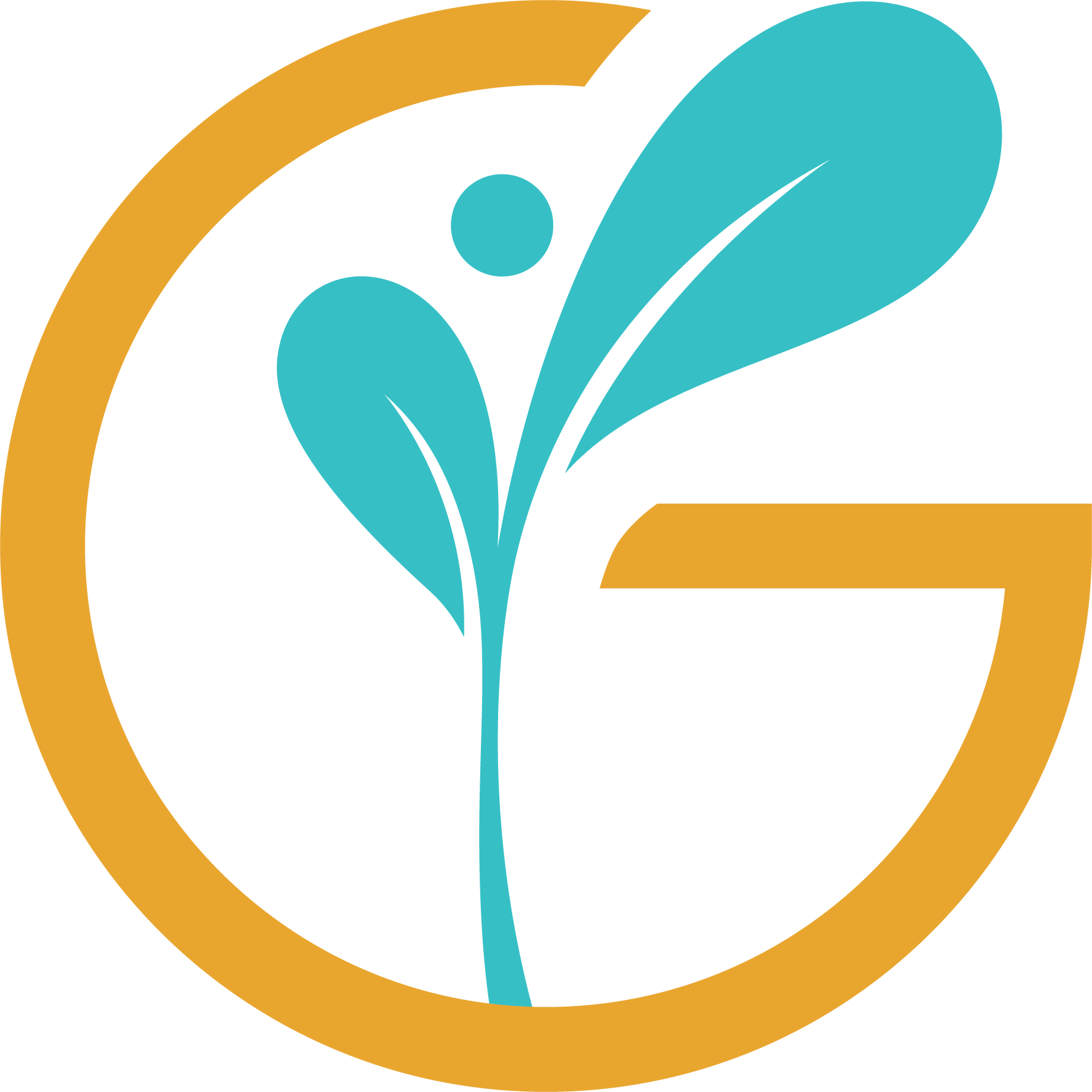The Importance of Lead Qualification in Sales
If you’re in sales, you’ll probably agree that time is your most valuable asset. But, like me for a long time, you might be underestimating how valuable it actually is.
Basically, every minute you spend on a lead that doesn’t go anywhere is a minute you could have spent on a lead that turns into a sale.
Meanwhile, the same goes for your prospect. They’re also overwhelmed with endless task lists, projects and, to be honest, probably sales calls like the one they’re in with you.
So, even if a seller and a buyer spend just 5 minutes together, and it’s clear there’s no benefit to either of them, that’s 10 minutes wasted.
That’s why lead qualification is so important. It’s the process of determining whether a potential customer is a good fit for your product or service.
The Crucial First 15 Minutes: The Connect Call
One of the most important aspects of lead qualification happens right at the beginning: the first 15 minutes, often referred to as the „connect call“. This call is your chance to quickly assess whether there is a fit between what the buyer needs and what you offer. It’s about determining whether it makes sense for both parties to invest more time in exploring solutions. This initial conversation sets the tone for the rest of the sales process and can save you from investing too much time in leads that aren’t likely to convert.
Understanding Fit: More Than Just BANT
The BANT framework (Budget, Authority, Need, Timing) has been a go-to for many sales professionals for years. It’s a great place to start because it helps you quickly see if a prospect has the budget, the decision-making authority, a real need for your solution, and an appropriate timeline. The simplicity of BANT is one of its key benefits in terms of practicality, but it also has one major downside: it only collects information on four points.
The Complexity of MEDDICC and MEDDPICC
On the other hand, frameworks like MEDDICC (Metrics, Economic Buyer, Decision Criteria, Decision Process, Identify Pain, Champion, Competition) and MEDDPICC (adding Paper Process and Competition) provide a thorough analysis. They ensure you understand every aspect of the buyer’s decision-making process and the factors influencing it. However, these frameworks are too elaborate for an initial connect call and overall apply well to complex and long sales cycles as they require multiple interactions to gather all the necessary information. This isn’t possible to obtain in the initial connect call and it might not even be necessary in environments with shorter, more transactional sales cycles.
Looking back on all the sales interactions I’ve had, I’ve tried out lots of different approaches. Some were more free-style (which basically means „no framework“ and I wouldn’t recommend that to anyone), while others were based on BANT or MEDDPICC. From this, I’ve realised that BANT is a good place to start, but it’s missing one important part for the initial qualification:
It doesn’t go far enough in understanding the prospect’s problems, what they mean for them, and why they need to be solved.
Introducing the PANDA Framework
I’ve come up with a new framework that builds on BANT. It strikes the right balance between simplicity and thoroughness, and it’s still practical for a quick connect call. I’ve come up with a new framework I call PANDA: Problem, Authority, Need, Decision criteria, Alignment.
Problem
Understanding the prospect’s problem is the cornerstone of effective lead qualification. You need to get a clear picture of what issues the prospect is facing and how those issues impact their business. A great way to start discovering the problems your prospect is facing is by asking about their motivation to join the call or about their current priorities?
Questions to ask:
- Why did you take the time to speak with me today?
- What are your key priorities and goals for this year/quarter?
- What challenges are you currently facing?
- How are these issues impacting your business?
- Why is it important to solve these problems now?
Authorisation
Identifying the decision-maker (Authority) and the decision making process (Approval process) early on can save a lot of time. While BANT also includes authority, it’s important to extend the understanding to include the buying process and who else might be involved in the decision.
Questions to ask:
- Who is responsible for making decisions about this type of purchase?
- Are there other stakeholders involved in the decision-making process?
- How do decisions like this typically get made in your organization?
- Given that we both are aligned that this is the right solution for your challenges – who do we need to get onboard to get started?
Need (to solve the problem)
This part is about confirming that there is a genuine need to solve the identified problem and the priority you client does or should allocate to it. While BANT covers need, PANDA emphasizes understanding the depth of this need and the cost of not acting.
Questions to ask:
- How does this problem affect your daily operations? / What are the implications of that problem?
- What happens if you do not solve this problem? / What if you do not do anything about it now?
- What solutions have you tried in the past, and why didn’t they work?
Decision Criteria
This element involves understanding what criteria the prospect will use to make their decision. It’s crucial to know what factors are most important to them, whether it’s price, features, support, or something else.
Questions to ask:
- What are the most important factors in your decision-making process?
- How will you evaluate the success of this solution?
- Are there specific features or capabilities that are essential for you?
- Which criteria would your preferred solution meet?
Alignment
Finally, alignment is about ensuring that both you and the prospect are on the same page about the next steps and the timeline to solve the problem (buyer perspective) and/or to successfully implement the solution (seller perspective)
Questions to ask:
- When do you want/ need this problem to be solved?
- Which specific events or timelines should be considered when implementing the solution?
- What does your timeline look like for making this decision?
- How can we make this process as smooth as possible for you?

The Benefits of PANDA
The PANDA framework strikes a balance between depth and practicality. It ensures you gather critical information about the prospect’s problems and decision-making process without overwhelming them or dragging out the initial conversation. By focusing on these five key areas, you can quickly determine whether there is a good fit and whether it makes sense to move forward.
Putting PANDA Into Practice
Here’s how you can apply the PANDA framework in your next connect call:
- Start with empathy: Show genuine interest in the prospect’s problems and listen actively. This builds rapport and helps you gather detailed information about their challenges.
- Ask open-ended questions: The questions suggested in the PANDA framework are designed to be open-ended, encouraging the prospect to share more information. Avoid yes/no questions whenever possible.
- Summarize and confirm: After discussing each aspect of PANDA, summarize what you’ve heard and confirm with the prospect. This ensures you’ve understood correctly and shows the prospect that you’re listening.
- Be concise: While it’s important to gather detailed information, keep the conversation focused and concise. Respect the prospect’s time and avoid going off on tangents.
- Set clear next steps: At the end of the call, summarize the key points and agree on the next steps. This might involve scheduling a follow-up call, sending additional information, or setting up a demo.
Conclusion
Effective lead qualification is the foundation of a successful sales process. By qualifying leads quickly and thoroughly, you can focus your efforts on prospects who are most likely to convert, saving time and increasing your chances of success.
The PANDA framework offers a balanced approach to lead qualification. It extends the traditional BANT framework by delving deeper into the prospect’s problems, decision criteria, and alignment, while remaining practical for a quick connect call. By using PANDA, you can ensure that both you and the prospect are on the same page, making it easier to move forward and ultimately close the deal.
In the fast-paced world of sales, having a reliable framework like PANDA can make all the difference. It helps you quickly identify the most promising leads, understand their needs, and build strong relationships from the very first conversation. So next time you pick up the phone for a connect call, remember to think PANDA, and watch your lead qualification process transform.
Sources:
- Time: Foto von Aron Visuals auf Unsplash
- Panda: Foto von Jay Wennington auf Unsplash
We are happy to answer your questions.
Leave us a message.
Leave us a message and we will get back to you shortly.
We look forward to hearing from you.
© Designed & powered by Young Growth Consulting
© Designed & powered by Young Growth Consulting



0 Kommentare